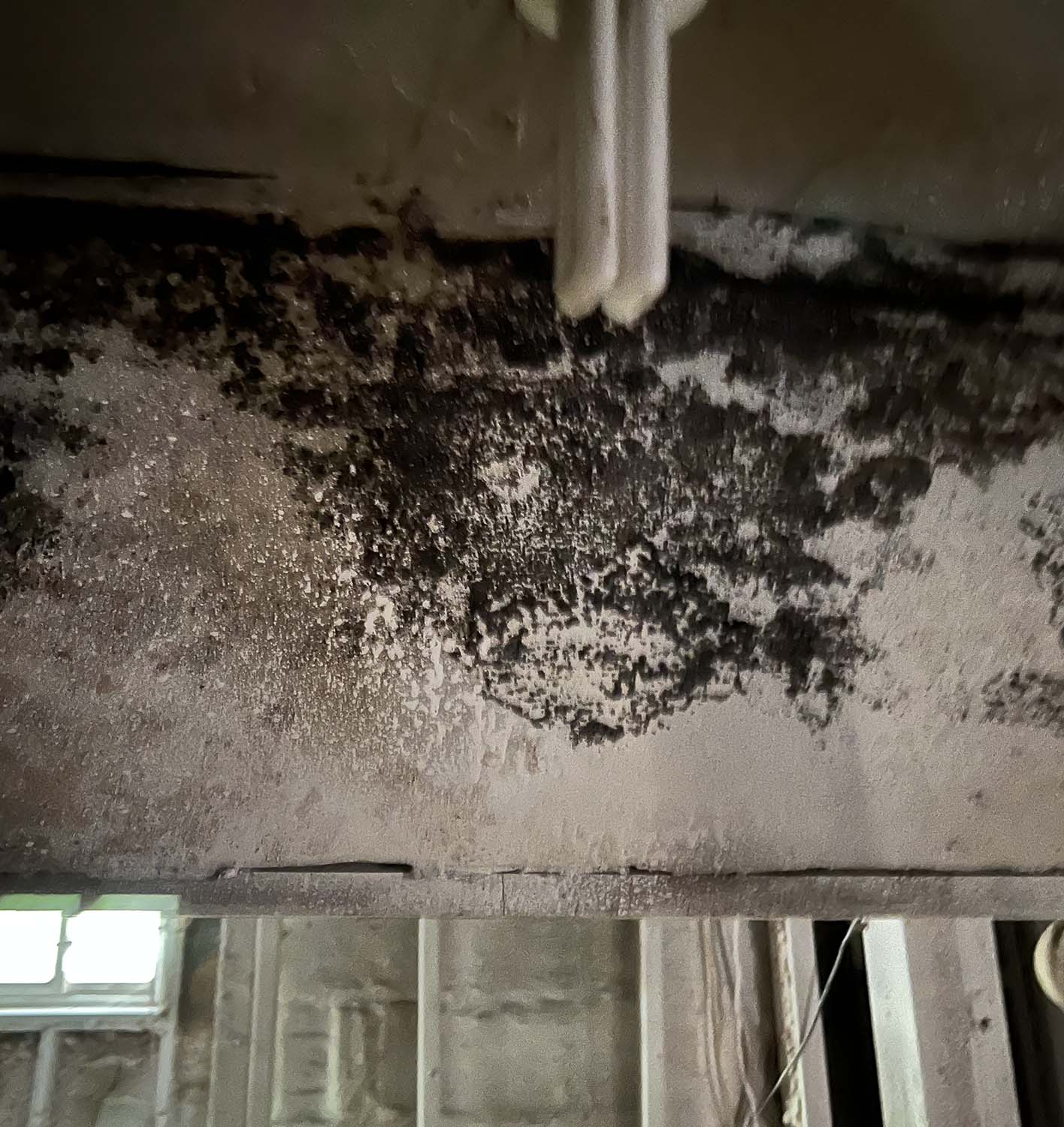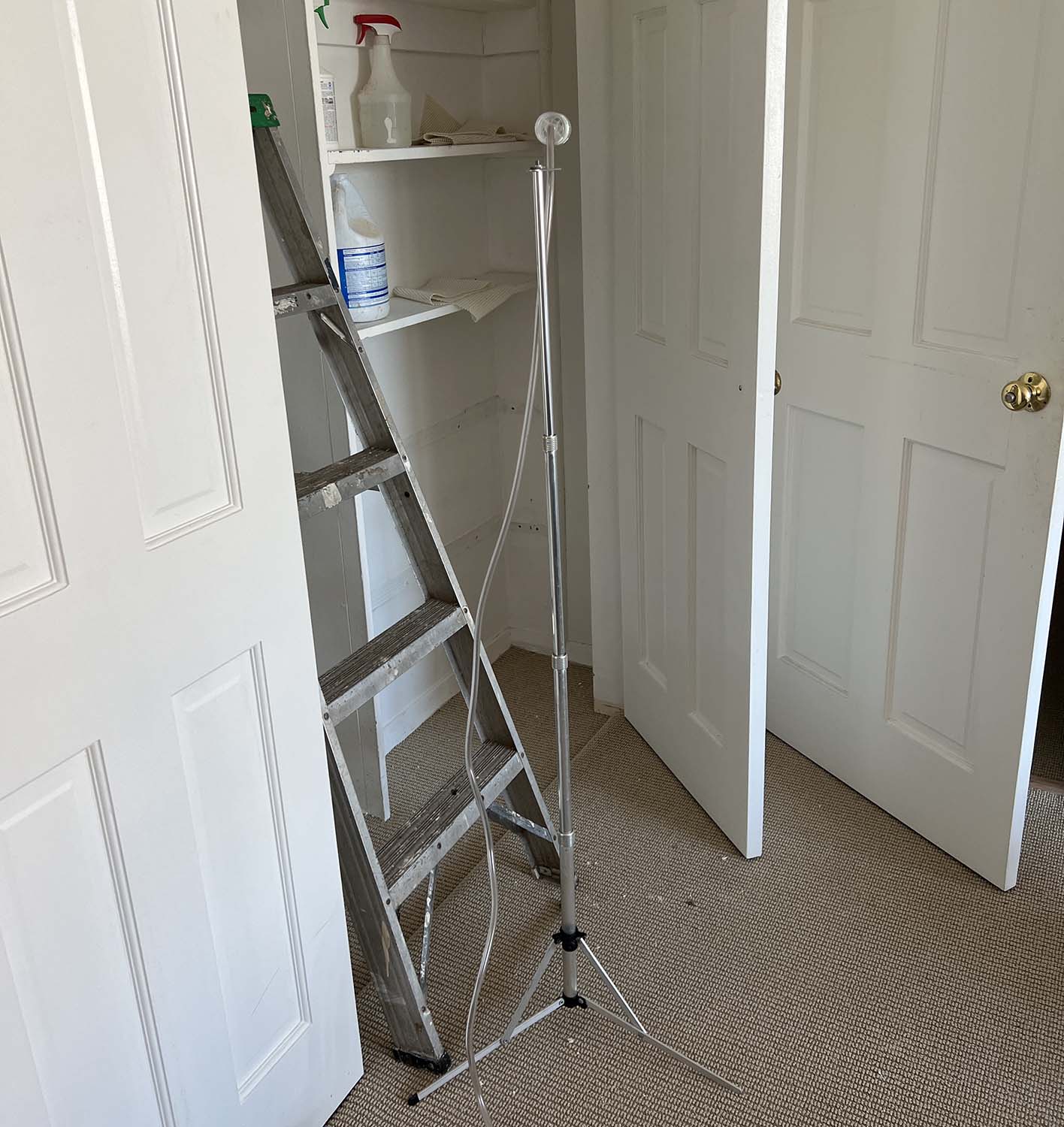EMS provides comprehensive Industrial Hygiene Services to a variety of public and private sector clients. Industrial Hygiene is... "The Science and Art devoted to the anticipation, recognition, evaluation and control of those factors or stresses rising in or from the work place; which may induce sickness, impaired heath and well being, or significant discomfort among workers or among citizens of a community." EMS's Industrial Hygiene Services include:
Fungal Investigations
Mold (Fungi) has certainly made its way into people's homes as well as the headlines in the past few years. Mold is often associated with damp, musty locations such as bathrooms, basements and attics. Many people still don't fully understand the health hazards of fungal exposure. The term "toxic mold" is somewhat misleading as it exudes an idea that certain molds are toxic, when actually certain types of molds produce secondary metabolites that produce toxins. The correct term is mycotoxins. Airborne mycotoxins from can definitely destroy one's health. Sometimes, people are unaware that they are breathing mold spores and mycotoxins until they are very sick. Certain people have minor allergic reactions to the non-toxic mold, but once you leave the affected area they most likely recover with few serious side effects. However, if they have been exposed to the dangerous molds such as Stachybotrys or Chaetomium, they could suffer from a myriad of serious symptoms and illnesses such as chronic bronchitis, learning disabilities, mental deficiencies, heart problems, cancer, multiple sclerosis, chronic fatigue, lupus, fibromyalgia, rheumatoid arthritis, multiple chemical sensitivity, bleeding lungs and much more.
EMS's staff of Certified Microbial Consultants (CMCs) accredited by the American Indoor Air Quality Council is equipped to perform comprehensive building investigations to determine whether fungal contamination is present. Our Certified Microbial Consultant is going to work to find the source, or reservoir, of mold that may be present.
Below are some examples of the types of testing performed to determine the presence of fungal contamination:
- Air Samples — Generally the CMC will use an Air-O-Cell testing method, which is entrainment of air through a cassette equipped with a filter, similar to the example of a vacuum sucking up dust and dirt. The high volume sampling pump draws air through the filter medium at rates between 30 to 150 liters per minute. This helps catch any particles present in the environment and catches them on the filter. The filter is then analyzed to determine the type(s) of spores present.
- Swab Samples — A swab sample is conducted using a large 0-Tip like swab and collecting unknown materials on the tip of the swab and then swiping the tip onto an appropriate Petri dish for incubation. Any mold/fungi present will then start to grow within about two weeks (viable sampling). The mold is then analyzed for its genus and species by the laboratory microbiologist. A swab sample can also be put under a microscope to determine what type of mold is present (non-viable sampling).
- Tape Samples — Tape samples are just that samples collected on clear sticky tape. The CMC will inspect and sample various surfaces and lift off whatever particles are present on that surface. The tape is then analyzed by a Microbiologist to determine what type of mold is present.
- Wall Cavity Samples — in some cases, mold may start to live in the interstitial spaces of walls between the exterior envelop and the interior finished wall. First our personnel will employ the use of a moisture meter to locate potential sources of moisture and leaks behind walls. The meter will basically identify high moisture areas and then probe holes will be opened and air samples will be collected inside the hole.
- Bulk Samples — a bulk sample is collected by cutting out a contaminated portion of the affected area, bagging it and sending it to the lab for testing.
INDOOR AIR QUALITY ASESSMENTS
During the past decade, there has been an increasing awareness of health concerns resulting from exposure pollutants in office and home environments. As we tend to spend 80% to 90% of our time indoors, low levels of pollutants can have a detrimental effect on our health and well being. A wide range of buildings have been studied to define exposure to Sick Building Syndrome (SBS) and Building Related Illness (BRI) and the results reveal a variety of site conditions as well as documented levels of various air pollutants present in these environments. Indoor Air Quality problems can result in time and productivity issues that cost thousands of dollars if left un-attended. We at EMS are ready to help you locate sources of existing air quality problems, mitigate these problems and set up a routine monitoring program to ensure a safe indoor environment.
In the process of conducting indoor air quality investigations in buildings, we shall identify typical problem areas that require evaluation.



